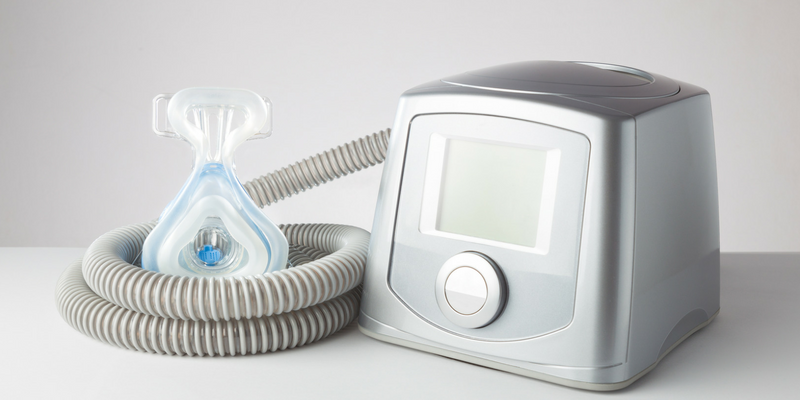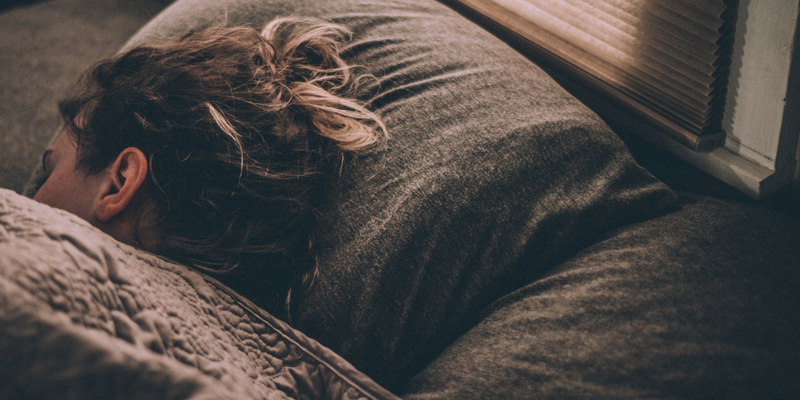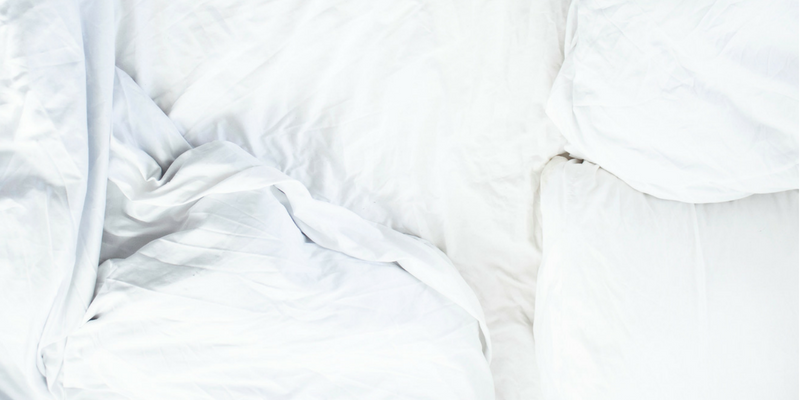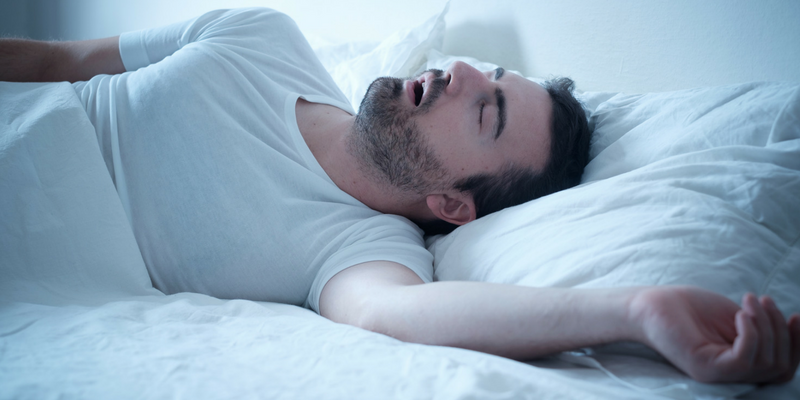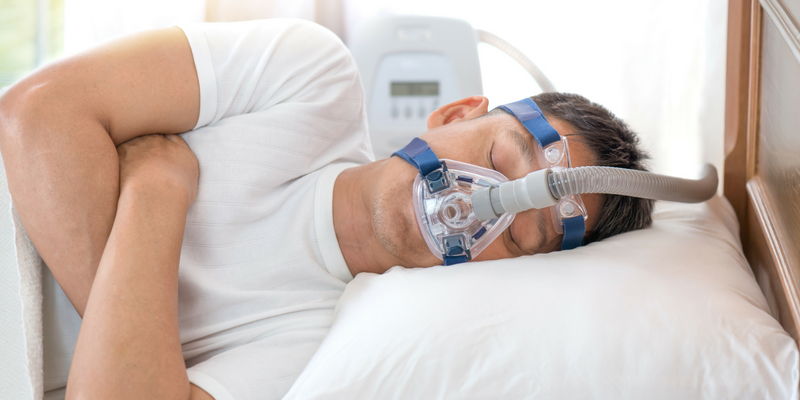
You’re probably most familiar with the English author Charles Dickens from his novella A Christmas Carol, but did you know he’s also connected to early sleep apnea studies?
When sleep apnea was first being observed by the scientific community, it was dubbed “Pickwickian Syndrome.” That’s because a character in Dickens’ book Pickwick Papers demonstrated all the symptoms associated with sleep apnea.
While this fact about sleep apnea may be “fun,” the condition itself is anything but. That’s why today, we’re going to review the top 15 fast facts about sleep apnea:
- Up to 80% of moderate to severe cases of sleep apnea are undiagnosed.
- An estimated 22 million Americans have sleep apnea.
- You may wake up as much as 30 times per hour during sleep.
- While snoring is a common side effect of sleep apnea, it’s not always the case. Some who snore do not have sleep apnea, and some who have sleep apnea do not snore/
- Likewise, not everyone who has sleep apnea is overweight.
- Pregnancy and menopause can trigger sleep apnea in women.
- As many as 4% of children have it, but it’s often diagnosed as ADHD.
- There are 10 different subcategories of sleep apnea.
- Sleep apnea has been linked to marriages falling apart.
- It can be hereditary.
- It can put you at risk for a host of other health conditions, including obesity, diabetes and heart disease.
- Being male, overweight, and having a large neck circumference are all predictors of sleep apnea.
- Certain lifestyle habits, such as smoking, can contribute to it.
- Since men tend to be more likely to develop it, it’s often undiagnosed in women.
- Lifestyle changes—such as losing weight, using your CPAP and avoiding alcohol—can all help alleviate symptoms.
If you or a loved one has been diagnosed with sleep apnea, CPAPCentral.com is here to help. We carry a wide variety of CPAP machines, CPAP masks and CPAP supplies, all of which can help you combat this condition. Our live chat is available from Monday through Friday from 8:30 a.m. to 4:30 p.m., EST.


